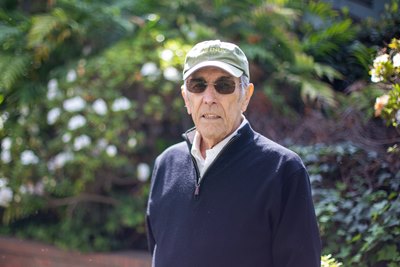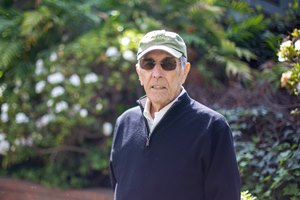Los Alamitos to Submit Joint Injection Plan to CHRB


The California Horse Racing Board tabled a vote to approve the license of Los Alamitos Race Course until its meeting next month, pending the receipt of the track's written plan to reduce the number of racehorses receiving corticosteroid intra-articular joint injections there. CHRB officials believe those injections have contributed to a spike in fatalities this year at the Orange County track.
Speaking during the CHRB's regular monthly teleconference, executive director Scott Chaney told commissioners that evaluations of fatalities at Los Alamitos showed that horses there had been injected on average three times over their lifetimes. By comparison, that figure was a 0.6 average for racehorse fatalities at Del Mar, Santa Anita Park, and Golden Gate Fields, according to Chaney.
"So about five times the number of injections seem to be present over there," Chaney said. "There's always been this kind of rumor that there's a cultural issue with respect to trainers and vets and how things operated. So the numbers seem to bear that out that (intra-articular joint) injections are more of an issue than it is (elsewhere)."
Los Alamitos conducts a regular nighttime mixed-breed meet of Quarter Horses and lower-level Thoroughbreds in addition to periodic higher-quality afternoon meets exclusive to Thoroughbreds. It also serves as a major training facility.
Chaney and CHRB chair Dr. Greg Ferraro indicated to the board that in discussions over the past week, the CHRB received a positive response from Los Alamitos owner Dr. Ed Allred to implement stricter protocols related to injections.
This follows a summer agreement between Los Alamitos and the CHRB in which the track was required to submit enhanced safety protocols after 21 horses had died from racing or training through July 20, nearly half of which had come over a period from late May through mid-July.
Since the summer protocols were put in place, six on-track racehorse fatalities have occurred at Los Alamitos, specifically during racing, according to CHRB online records.
"We're very appreciative of the help that we've been given by Dr. Ferraro in coming to this understanding, and we've pledged to do all we can," Allred said. "In addition to that, we're addressing some of the other security problems at the track. We've hired two of the retired investigators of the CHRB, and we're putting in cameras in many of the stalls. And we're hopeful that this will correct any problems we have in that way. We'll present the full agreement at the next meeting."
That agreement, according to Ferraro, will require a 30-day stand-down before racing after corticosteroid joint injections, not merely the fetlock joint, and a 10-day stand-down from breezing after such injections.
"I might add that pursuant to their agreement, pursuant to the desires of the board, we'd like to have all rules regarding health and welfare of horses standard throughout all our tracks in California," he said. "So, consequently, we will not only require that Los Alamitos, as part of their license to operate, have this rule, but we will extend it to all tracks. So Santa Anita and Del Mar will also be required to put a rule in place for a 30-day stand-down for intra-articular steroids."

Also during the Thursday meeting, the CHRB received an update on COVID-19 conditions at Golden Gate, which has suspended racing through the end of November after an outbreak at the track, largely among its backstretch workers.
Aidan Butler, the chief operating officer and president of 1/ST Racing, a division of The Stronach Group, which owns Golden Gate, said 95% of the track's infected individuals are asymptomatic.
"Unfortunately, that is the reason that this got out of control, I believe quickly, is because everyone was symptomless for the most part," he told commissioners. "Anyone who has it has now been removed, obviously, from the track. The vast majority of those people are in hotel accommodations.
"Myself, I'm actually on the ground in Golden Gate, and the team here are doing a really good job to make sure that not only these people are comfortable and being checked in at the moment," he said. "For anybody still on site, we have two meals being prepared a day to stop people wandering around, and we also have two meals a day being delivered to anybody who's currently off-site."
The board also passed or advanced motions, including to participate in a national Lasix and exercise-induced pulmonary hemorrhage study; Northern California race dates; continued education for trainers; point penalties for medication violations; clarified penalties related to shockwave usage; and a restriction on the use of thyroxine, a thyroid medication that officials believe is being overused by select people in the state.
The board also encouraged advance-deposit wagering companies to employ more individuals from California labor groups if those companies expand their wagering presence within California. They mostly operate their wagering business from out of state.
ADW wagering has been responsible for the bulk of betting in California since the COVID-19 pandemic began and on-track attendance was mostly eliminated. Handle was up more than 14.4% in October counting both day and night programs relative to the corresponding month last year, Chaney said.
"Interestingly, total handle for the year through Oct. 31 is down only 1.84% as compared to last year," he said in his opening remarks. "To be fair, that is due almost entirely to ADW wagering—for each dollar is not as beneficial to California—but from a more general perspective, it seems encouraging."
